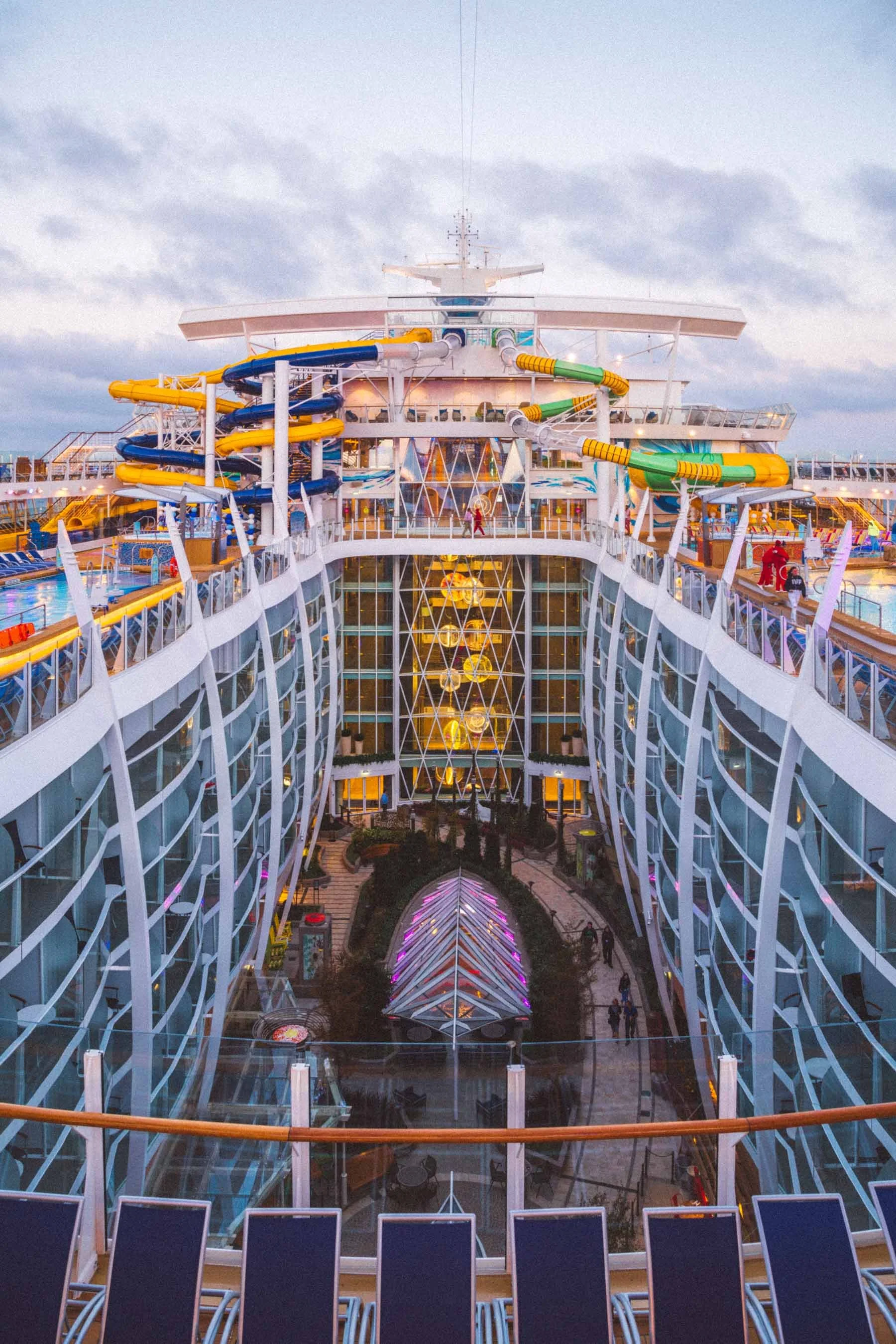Client: Royal Caribbean Cruises - Employee Experience
How might we improve
the day-to-day for
Stateroom Attendants?
2018-2019 — Android App Design
Royal Caribbean Cruises
Role: Product Designer
Client: Royal Caribbean Employee Experience
Beyond one of the most unique gigs I’ve had — as a senior product design contractor for Royal Caribbean Cruise lines (RCCL) — I dedicated 10 months of my life to improving the workflow of the Stateroom Attendants (SRA). I voyaged thru oceans of paperwork and worklogs used by SRA’s in order to deliver MVP of an Android app for employees to access guest names and stateroom numbers—ultimately increasing guest satisfaction.
The research aspects of this endeavor were hands-on. I boarded two 10-day cruises, lived in staff quarters, and spent every day observing, workshopping, and facilitating focus groups with deck supervisors, stateroom attendants, and assistant housekeepers. Before we venture into the inter-workings of this project, I’ll warn you - I will reference a bunch of Royal Caribbean/ship terminologies. Check out the shortlist of terms below. It will make reviewing the following deliverables much easier. 😬
In this case study you will see:
Research report
Journey maps
Full fidelity design comps
User flows & feature sets
Style Guides - Evolving into Design Systems
Termonologies used by Employees
Voyage: Refers to one trip/one set of guests (locations and duration vary).
Stateroom: The rooms guests stay in aboard ships.
Deck: One floor of the ship.
Port: Locations that ships will park throughout the voyage.
Stateroom Attendant (SRA): the personnel who are responsible for cleaning staterooms, completing guest requests, prep rooms for each cruise and etc.
Deck Supervisors: the personnel that manage and supervise Stateroom Attendants.
Assistant Housekeepers: the personnel that cater to premium guests or individuals who are members of RCCL loyalty program.
Turnover Day: the hours/day between the end of one cruise voyage and the next.
Inspections: refers to the checklist of tasks associated with inspecting each stateroom on turnover day.
Symphony of Seas: the name of the specific voyage I conducted research.
Azamara: another name of a voyage where the Android app was deployed, tested, and launched.
Do Not Disturb (DND): a status term for staterooms when guests prefer not to have SRA’s enter
GI: gastro-intestinal sickness that is common on every voyage.
Turndown: refers to the phase of the day in which SRA’s spruce staterooms and flip bedding for night-time.
Bed Configuration: refers to how beds are configured in a stateroom, key for SRA’s to know to properly prep the room for guests.
Journey Mapping the Day-to-Day of the Stateroom Attendant
The journey of the Stateroom Attendant starts two days before a voyage, in parallel to another voyage ending. They’re introduced to their next batch of guests when they’re handed a packet of paper called the “guest manifest”. They review basic info, special requests, and special occasions they’ll need to prep and accommodate when their new guests board the ship.
When I say there were oceans of paper being used from checklists to work-logs to timesheets, I am not embellishing. As soon as I boarded the ship, I noticed the packets everywhere - especially on every SRA’s housekeeping cart. One of the pain points that surfaced seconds into my conversations with teams of SRA’s — quite simply digitizing their process. This became the mission behind MVP. Photos below for reference.
Journey Mapping Continued
Stateroom Attendants are directly responsible for a major aspect of guest satisfaction. Their day-to-day tasks are crucial in the success of the cruise business. If you’ve been on a cruise, you likely have a splattering of memories about the interior of your room and those cute towel animals your attendant left at turndown.
When it came to digitizing the SRA day-to-day, I placed a lot of design weight on equipping the SRA with data that would help them cultivate a relationship with guests. From the ‘Guest Detail’ view, SRA’s would be able to view, in real time, all the information associated with a family, group, or singular guest.
Since SRA’s are responsible for an average of 70 guests, it was essential to make this view accessible whenever they needed it and wherever they were on the ship (as long as they had their RCCL Android on them).
Designing for SRA Key Tasks:
Cleaning guest rooms
Satisfy special guest requests
Increase efficiency
Personalized treatment of guests
The Stateroom Attendant App Requirements
Navigation Concepts
Allow users to quickly navigate between functions
Allow users to access their profile
Allow users to log out of the app and fill out the feedback form
Quantify and surface helpful summaries
Add context to allow users to be informed about their day
Give prominence to tasks that are priority
Takeover Nav
Homescreen Concepts
Dock style


















